Degrees in graphs III: Which degrees sequences are possible?
Paul Erdős and Tibor Gallai developed a beautiful criterion to decide precisely when a degree sequence is graphical.
Network analysis of tax treaties
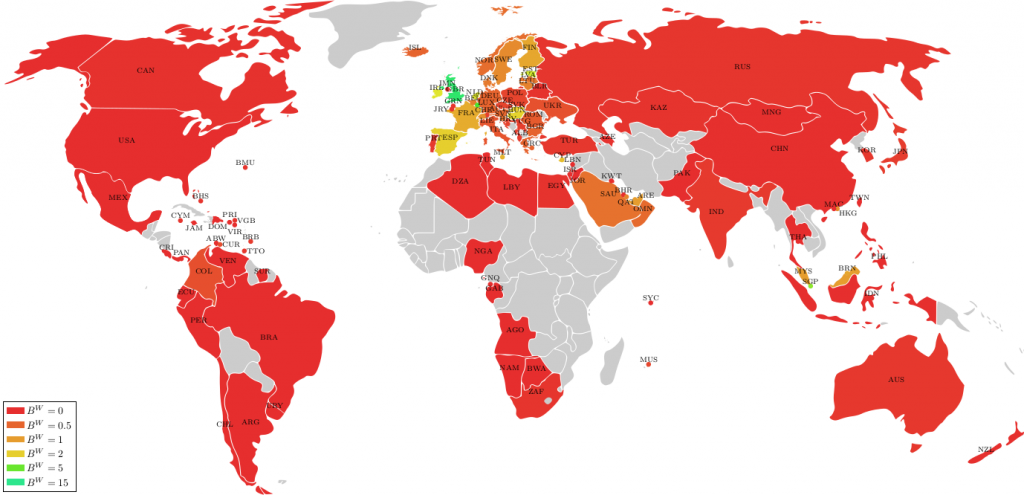
Large international companies often do not send their profits directly from one country to another. Instead, they send it via other countries, so-called conduit countries, to reduce the tax they pay. Which countries are the most important conduit countries?
Layered networks III: The math behind manufacturing plants design
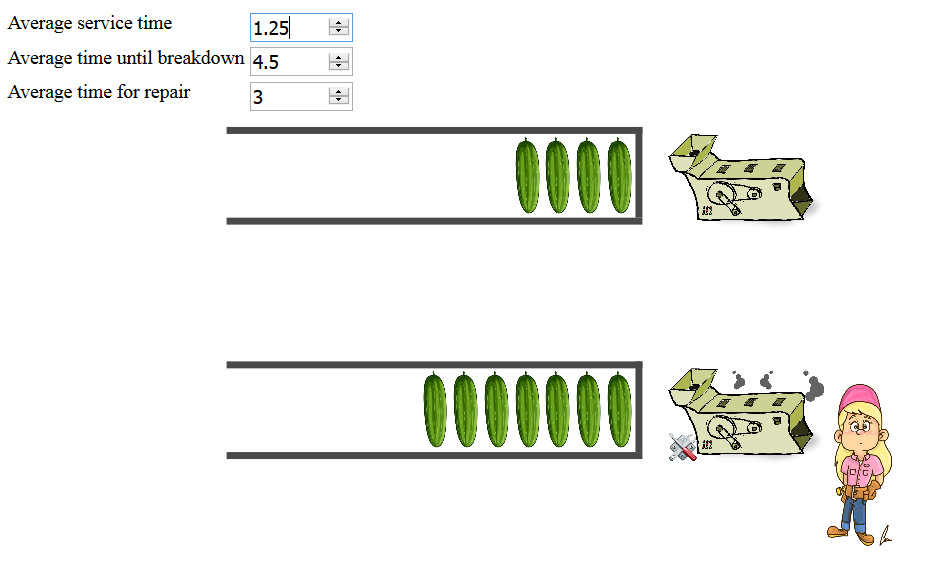
Earlier, we have seen that layered queueing networks are found in manufacturing plants, as well as many other applications in society. The math behind such networks is much more challenging than traditional queueing networks.
A network made of math
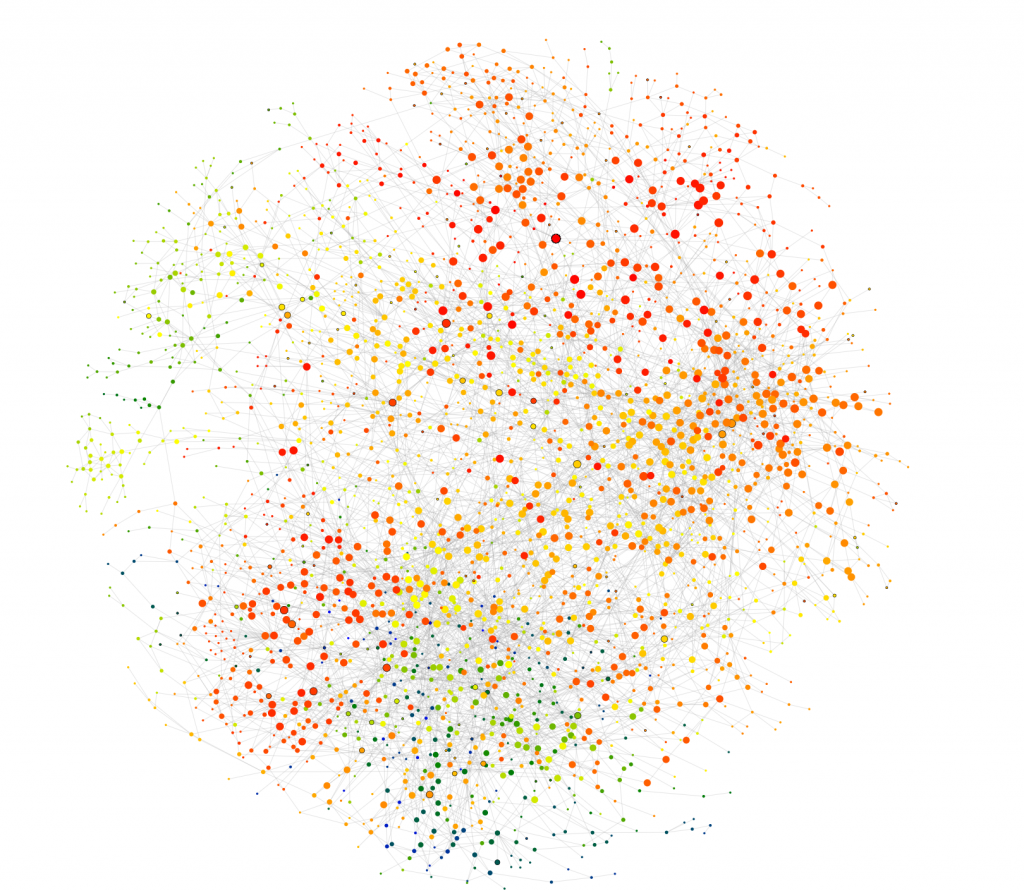
Alexander Grothendieck (1928—2014) is viewed by many as one of the greatest mathematicians of all time. He made contributions to many different fields, but the work he is mainly celebrated for is his shaping of some of the most abstract, fundamental branches of mathematics.
Degrees in graphs II: Degree sequences

The degree sequence of a graph is the sequence of degrees of all its elements.
Statistical physics
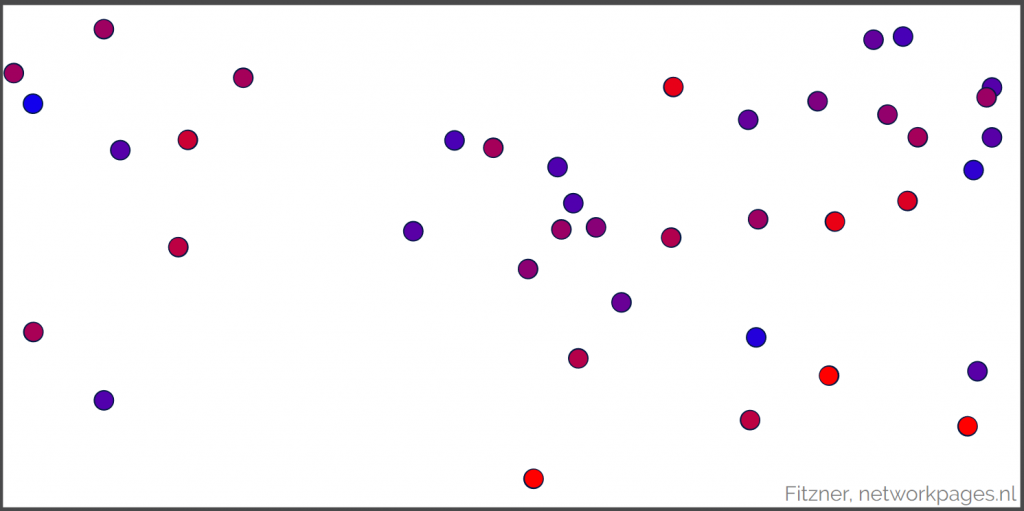
Interacting particle systems Statistical physics aims at describing collective behaviour in systems consisting of a very large number of interacting particles (= atoms or molecules). This is a daunting task: a glass of water or a piece of iron can easily contain 100.000.000.000.000.000.000.000 particles. Still, the hope is that the macroscopic properties of these particles […]
Stochastic models for random-access networks
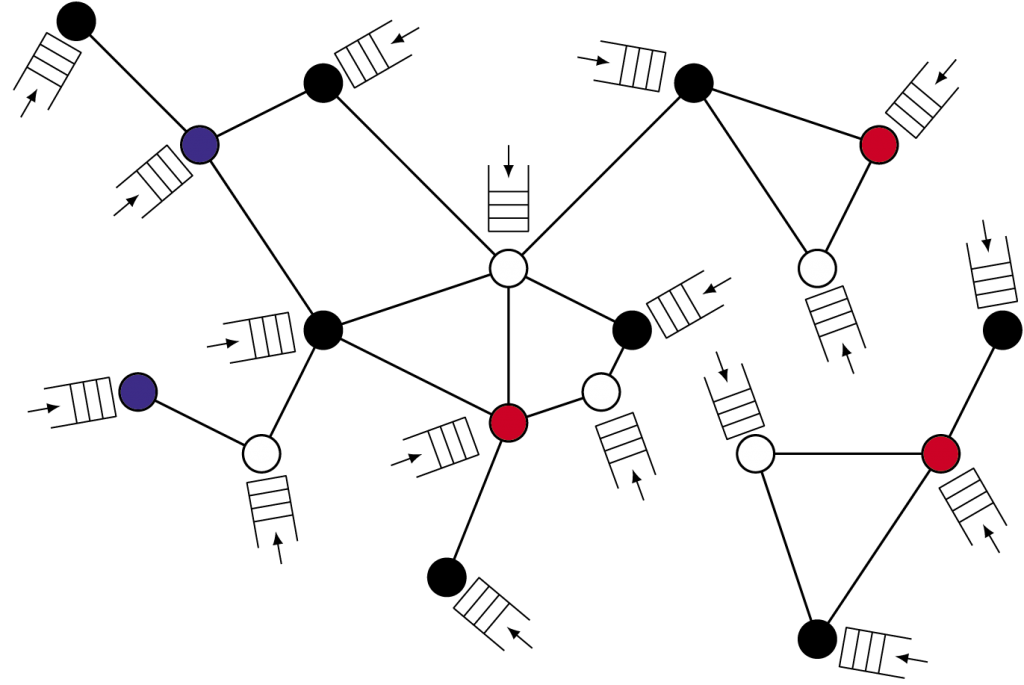
Wireless communication networks play a crucial role in connecting laptops, smartphones, sensors and countless physical devices, and in exchanging data among persons, computer brains and other parts of our information society.
Layered networks II: The layered character of manufacturing plants
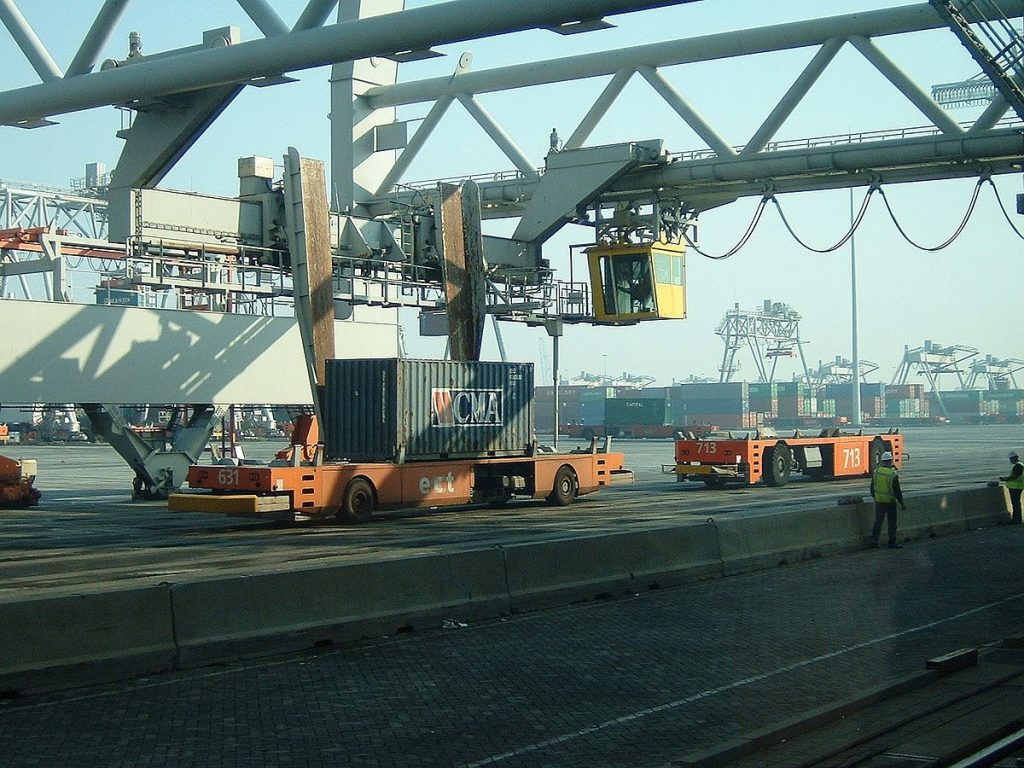
We have seen that queueing networks can be a great aid to answering such design questions. In this article, we look more closely at what queueing networks in manufacturing plants look like. It turns out that they have a very distinctive feature in that they are layered.
Predicting gang violence with networks
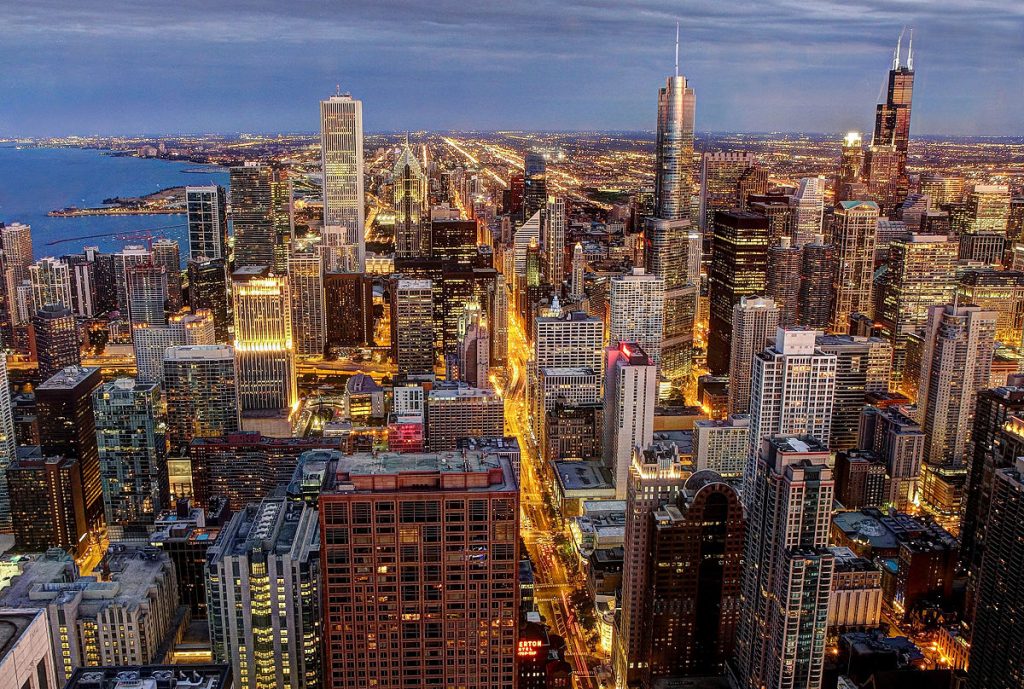
Chicago is famous for three things: art, architecture, and gang violence. The Chicago Police Department is trying all sorts things to get rid of that third claim to fame. One idea that they have been working with is “Predictive Policing”, read more about it in this article.
Traffic congestion: Tolls
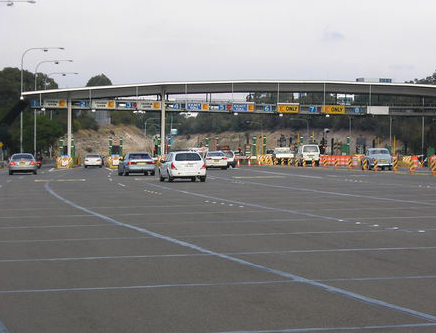
One way to mitigate the consequences of drivers' selfish behavior, is by introducing tolls (or taxes) on certain parts of the road network. This is also known as road pricing.
